| Structure | Name/CAS No. | Articles |
|---|---|---|
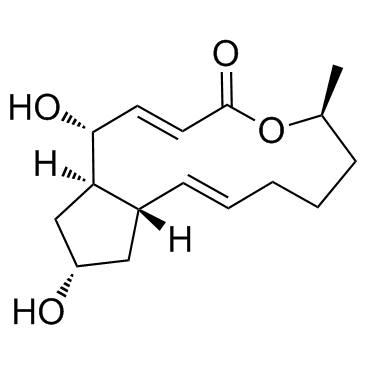 |
Brefeldin A
CAS:20350-15-6 |
|
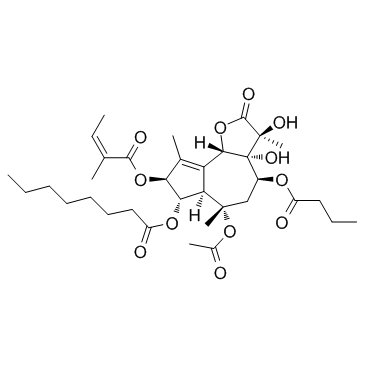 |
Thapsigargin
CAS:67526-95-8 |
|
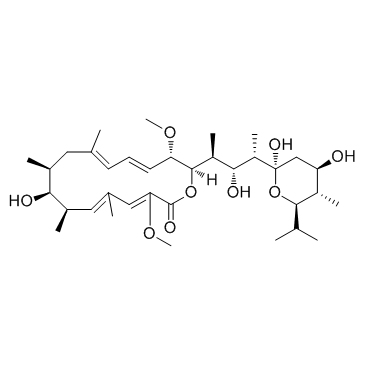 |
Bafilomycin A1
CAS:88899-55-2 |
|
 |
BPTES
CAS:314045-39-1 |
|
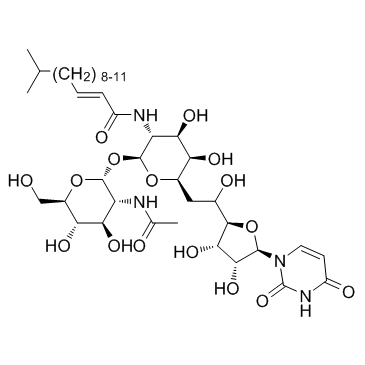 |
Tunicamycin
CAS:11089-65-9 |
|
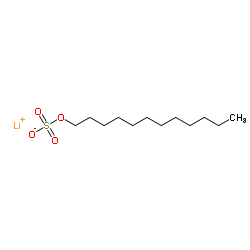 |
Lithium dodecyl sulfate
CAS:2044-56-6 |
|
 |
L-DON
CAS:157-03-9 |
|
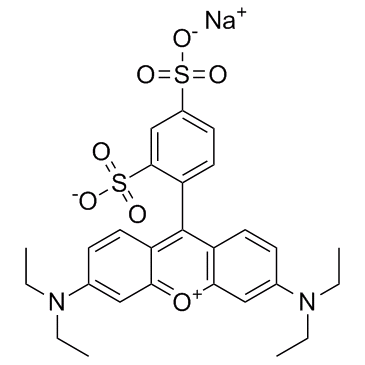 |
Acid Red 52
CAS:3520-42-1 |